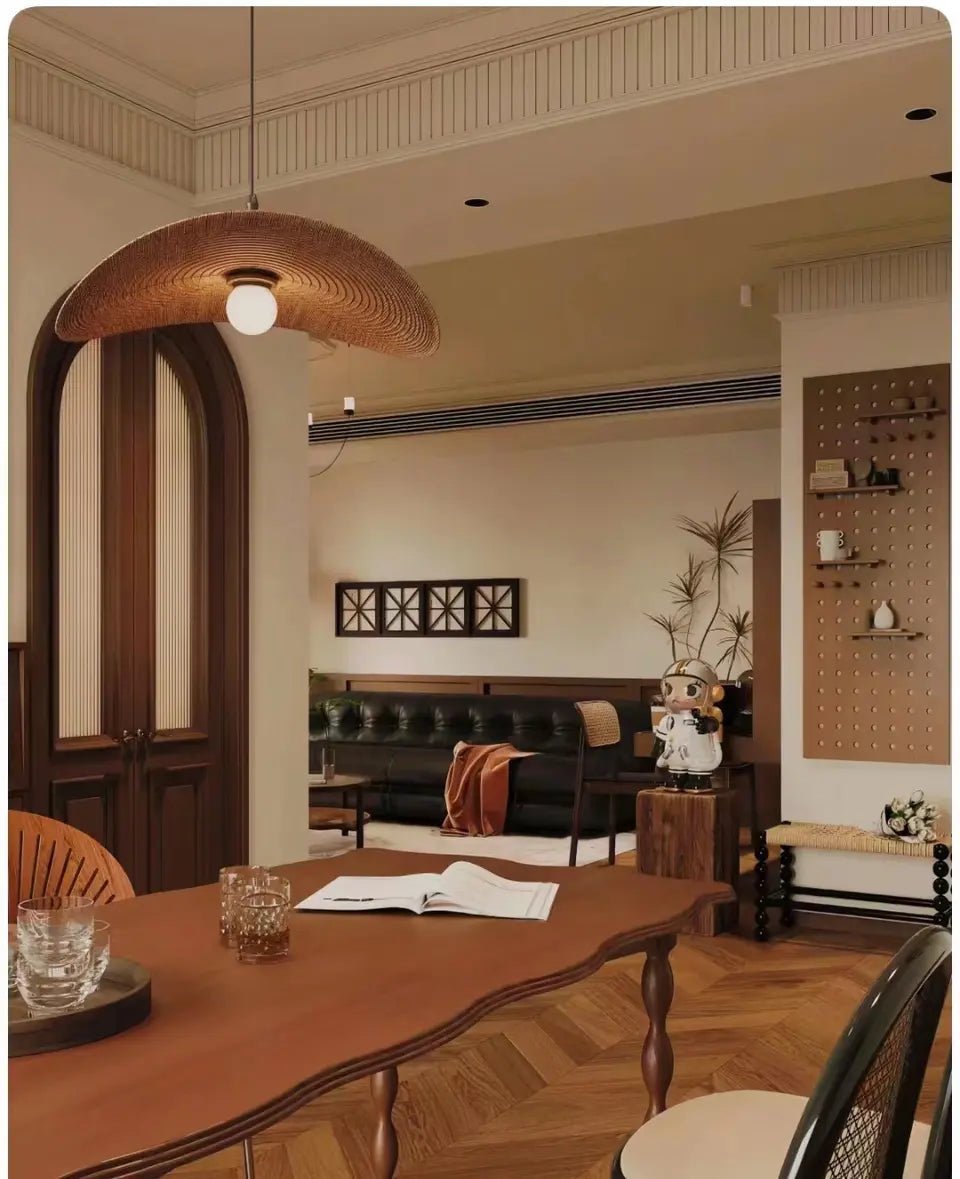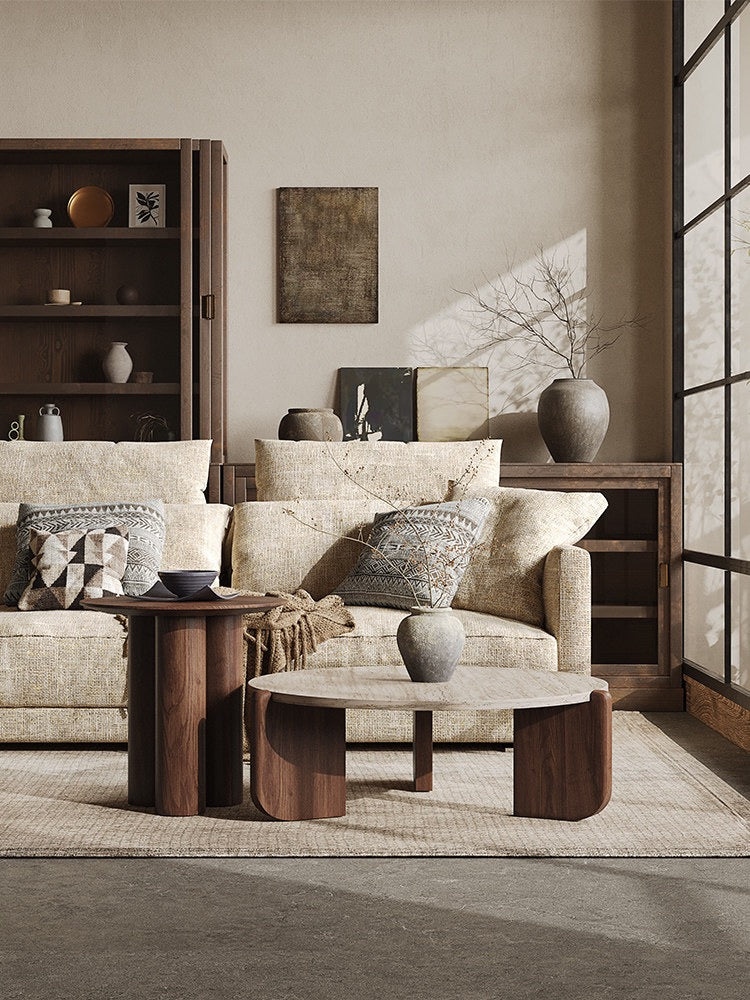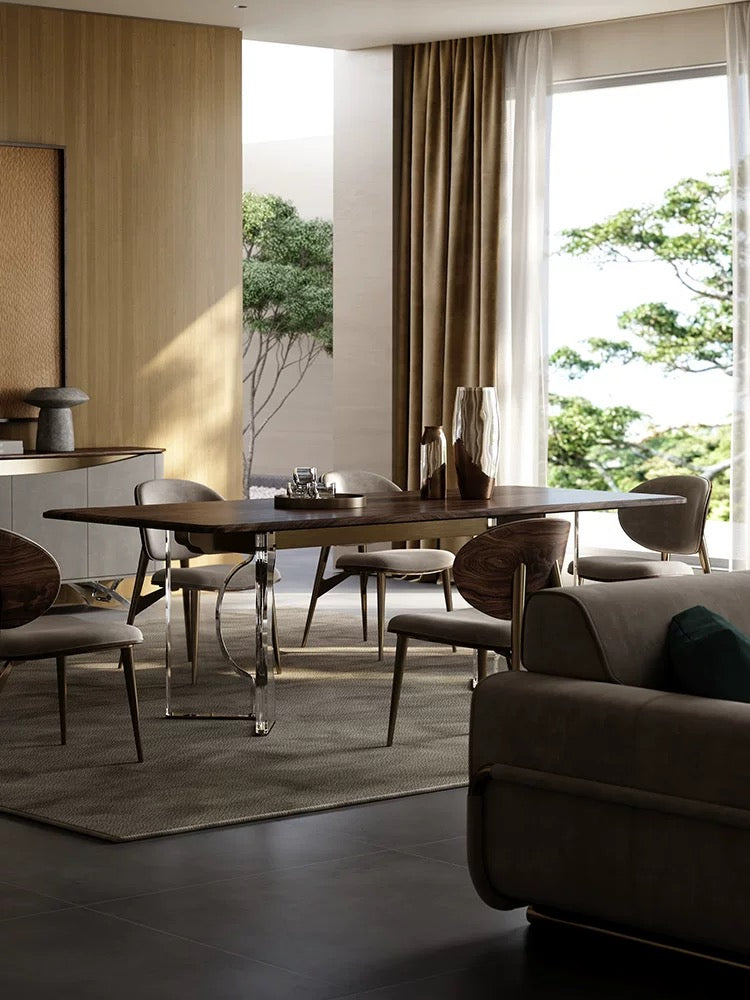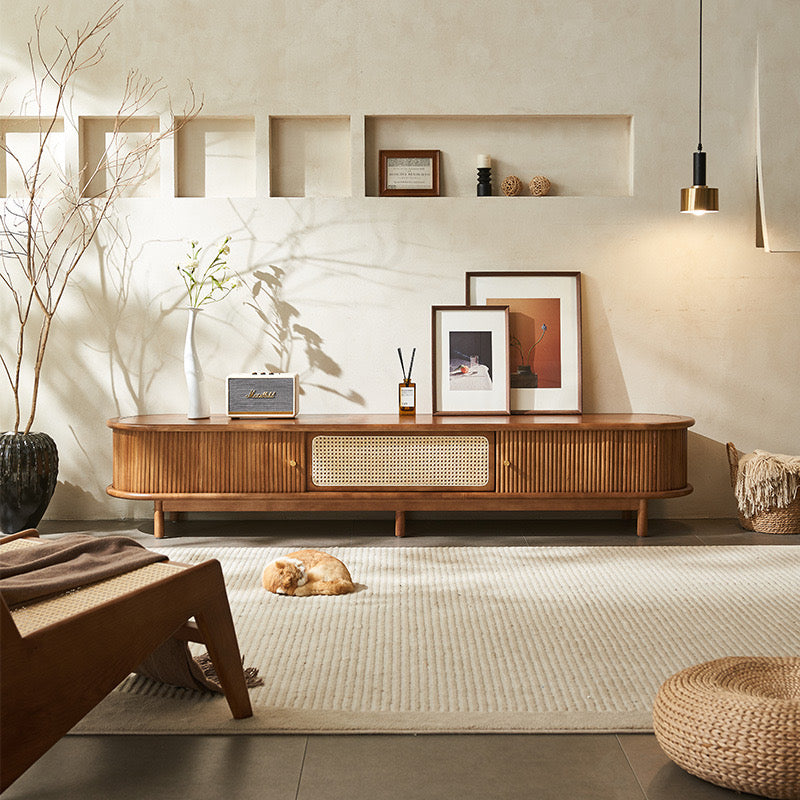
🪵 Natural vs Synthetic Furniture Materials: Pros & Cons Breakdown
, by Magico Home, 3 min reading time

, by Magico Home, 3 min reading time
When furnishing your home in Australia, choosing the right material is just as important as the style or layout. Whether you're updating your Melbourne apartment, decorating a new Brisbane home, or sourcing eco-conscious furniture in Sydney, understanding the difference between natural and synthetic furniture materials will help you make the best long-term investment.
In this article, we explore the advantages and drawbacks of both material types so you can choose furniture that matches your values, lifestyle, and local climate.
🌿 What Are Natural Furniture Materials?
Natural materials refer to those derived directly from nature with minimal processing. Common examples include:
Solid wood (e.g. oak, walnut, teak)
Rattan and cane
Cotton, wool, linen upholstery
Natural stone (e.g. marble, travertine)
Popular in Australian interior trends, especially in Brisbane and Byron Bay, natural materials bring warmth and authenticity into any space.
🧪 What Are Synthetic Furniture Materials?
Synthetic materials, also called man-made or engineered, are typically produced through industrial processes. Examples include:
MDF or particle board
PU (polyurethane) leather
Acrylic or resin
Polyester or microfiber fabrics
Synthetic furniture is widely available in Sydney and Melbourne’s urban markets, offering affordable and flexible options for modern living.
🔍 Pros & Cons of Natural Materials

✅ Pros:
Durability: Solid wood and stone can last decades
Aesthetics: Unique grains and textures add character
Sustainability: If responsibly sourced, these are eco-friendly options
Breathability: Natural fabrics regulate temperature—ideal for Brisbane’s humid summers
❌ Cons:
Cost: Generally more expensive due to quality and sourcing
Maintenance: Require regular care (e.g. oiling wood, conditioning leather)
Weight: Solid wood and stone can be heavy to move
Moisture sensitivity: Not ideal for damp or poorly ventilated rooms
💡 Tip: In regions like Melbourne, where seasonal humidity fluctuates, opt for kiln-dried hardwoods to reduce warping risk.
🔍 Pros & Cons of Synthetic Materials

✅ Pros:
Affordability: Great for budget-conscious households or renters
Design versatility: Available in a wide range of colours and finishes
Low maintenance: Easy to clean and usually stain-resistant
Lightweight: Easier to transport or rearrange in compact Sydney apartments
❌ Cons:
Shorter lifespan: Prone to wear, peeling, or discoloration over time
Less breathable: May trap heat or moisture—less ideal for Brisbane’s climate
Environmental impact: Often petroleum-based and not biodegradable
Feel: May lack the texture and warmth of natural materials
💡 Tip: Look for “eco-friendly synthetics” made from recycled plastics or water-based finishes if sustainability matters to you.
🏠 Which One Is Right for Your Home?
Your choice depends on your lifestyle, budget, and personal priorities. Here’s how to decide:
If sustainability is your top concern, natural materials—such as FSC-certified solid wood or organic textiles—are your best bet. They offer a smaller environmental footprint and timeless visual appeal. For those working within a tight budget, synthetic materials like engineered wood or PU leather deliver a stylish look at a much lower cost.
Households with kids or pets may benefit from synthetic upholstery, which tends to be more resistant to spills, scratches, and stains. On the other hand, if you're furnishing your "forever home" and looking for pieces with long-term value, investing in natural timber furniture—especially handcrafted or heirloom-grade—can be worthwhile.
Finally, for homes in hot and humid climates like Brisbane, breathable natural fabrics such as rattan, linen, or cotton can help maintain comfort and airflow better than synthetic alternatives.
🔎 Local Perspective: What Australian Homeowners Prefer
In Sydney: Sleek synthetic options like MDF or PU leather are common in contemporary units due to space constraints and modern aesthetics.
In Melbourne: There’s growing demand for natural, minimalist timber pieces, especially among eco-conscious homeowners.
In Brisbane: Lightweight, breathable materials like rattan and linen are popular for managing heat and promoting airflow.
🛋 Final Thoughts
There’s no one-size-fits-all answer when it comes to natural vs synthetic furniture materials. Both have their place in modern Australian homes—it all comes down to what you value most: cost, comfort, sustainability, or style.
At Magico Home, we offer a thoughtfully curated mix of natural and synthetic furniture pieces tailored for homes across Brisbane, Melbourne, and Sydney. Our team is here to help you make informed choices—whether you're building a long-term investment piece or styling a temporary rental.
➤ Visit our stores or browse online to explore furniture that matches your space, your story, and your lifestyle.



